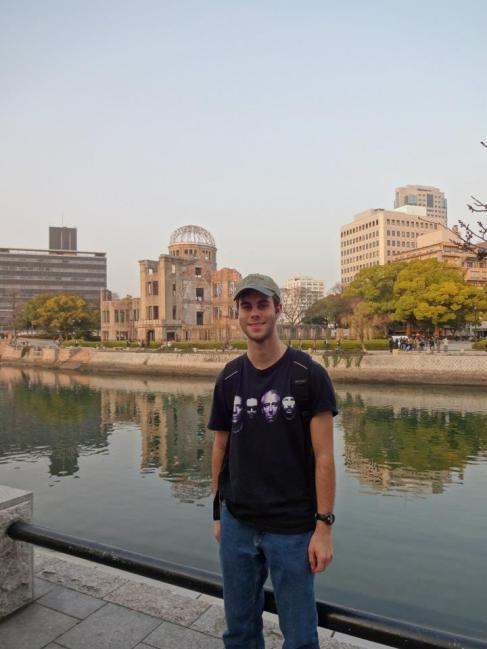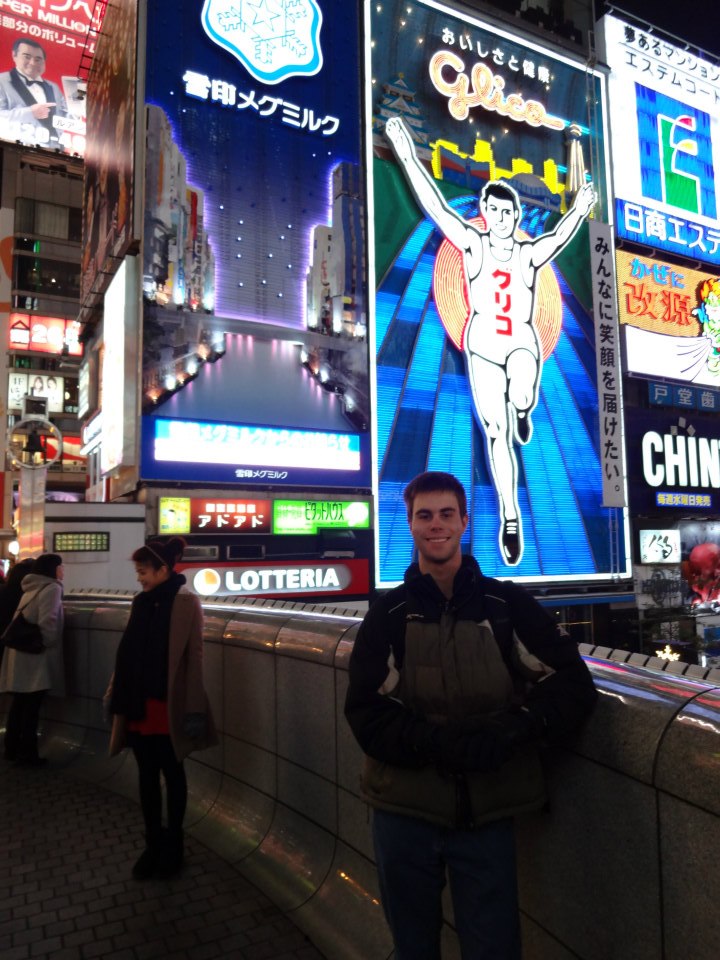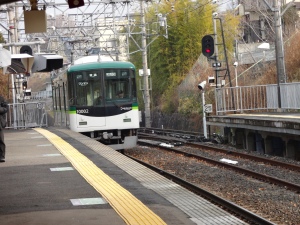So, in case you haven’t noticed (and most probably haven’t), the last five titles of my entries have been song titles. I find it interesting to find a song title that I like and wrap the title around some subject that I can relate to. “The Unforgettable Fire” is a little different, however, as this title comes from the source. “The Unforgettable Fire” is the name of U2’s 1984 album and the album’s second single. But it goes back farther than that. On U2’s 1983 tour the band visited Chicago and one of the city’s art museums had an exhibit on the atomic bomb. One painting depicted a skinless person walking among piles of dead bodies. It was called The Unforgettable Fire.
And let me tell you, Hiroshima does not allow anyone to forget the fire. The Hiroshima Peace Museum is a large museum that does not hold back at all on horrific imagery. In it, visitors can look at pictures of burn victims, models of the 90% destroyed city center, and life-size mannequins with burned skin falling off their arms. It’s a quite harrowing and solemn experience. The overall point of the museum is much like that of Osaka’s Peace Museum, as about 1/3 of the exhibits call for nuclear disarmament, but the content of the museum is, of course, much more extreme. We had a Japanese woman who survived the bomb as a speaker, and you could tell that she was very emotional about her story. While the English translation was a little rough, I am glad I had the opportunity to listen to her. The accompanying Hiroshima Peace Park is a beautiful area that includes many monuments–including a children’s memorial–and an eternal flame. Not far off is the famous atomic bomb dome, which formally served as an administrative building and is now a UNESCO World Heritage Site.
Hiroshima goes further, however, by having monuments scattered all over the city as well as dead trees with little labels on them stating, “Atomic Bombed Tree.” I hate to be slightly critical here, but the city seems to lay on the “We were bombed” status just a little too thick. The event of course needs to be remembered, but it’s hard to walk anywhere without a reminder.
I think this is sad because Hiroshima is a city that can stand easily today on its own. Hiroshima Castle offered great views of the city and had extensive grounds with foundations of old buildings as well as fully-bloomed plum blossom trees. The nearby Shukkei-en Garden was picturesque, with multiple bridges, waterfalls, and flowers. The city has many rivers, and all have easily accessible walkways to walk along, and the downtown was a lot of fun. The oceanfront offers views of the Seto Inland Sea, and nearby is the island of Miyajima, which had some of the most beautiful views I have ever seen. I felt that the stigma of being an atomically-bombed city was holding Hiroshima back, as the city has so much else to offer. It’s one thing to not forget, but it’s another to push the issue into view at every opportunity, and Hiroshima doesn’t need to use a crutch. Therefore, while I will always remember Hiroshima’s Peace Park and Museum, they will not be the things I remember the most about Hiroshima.





